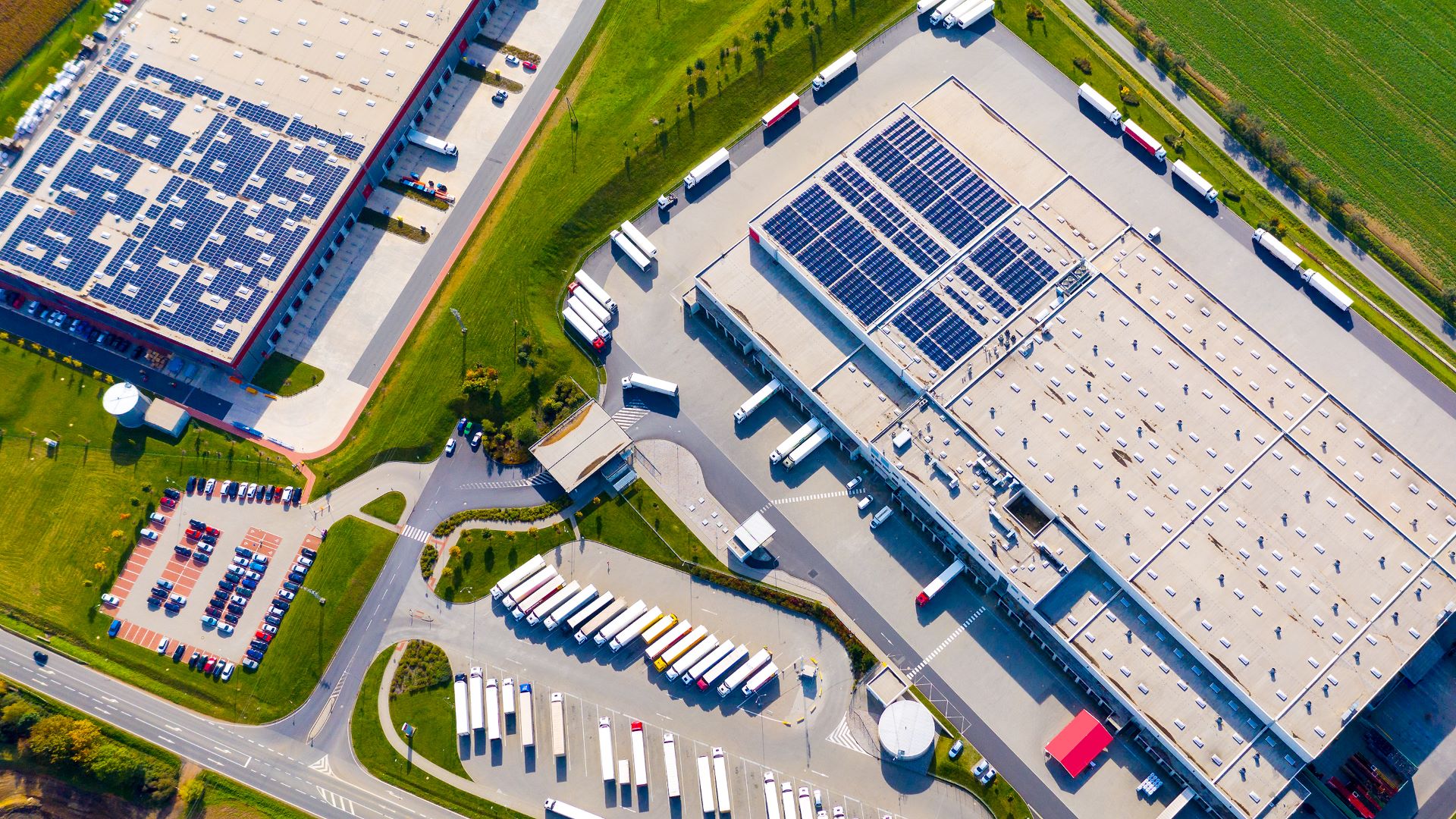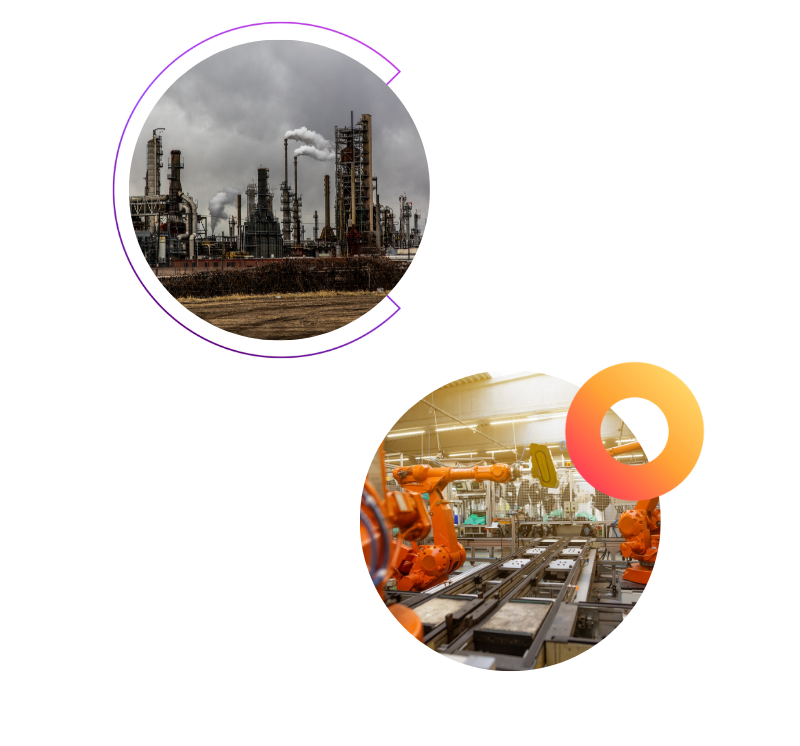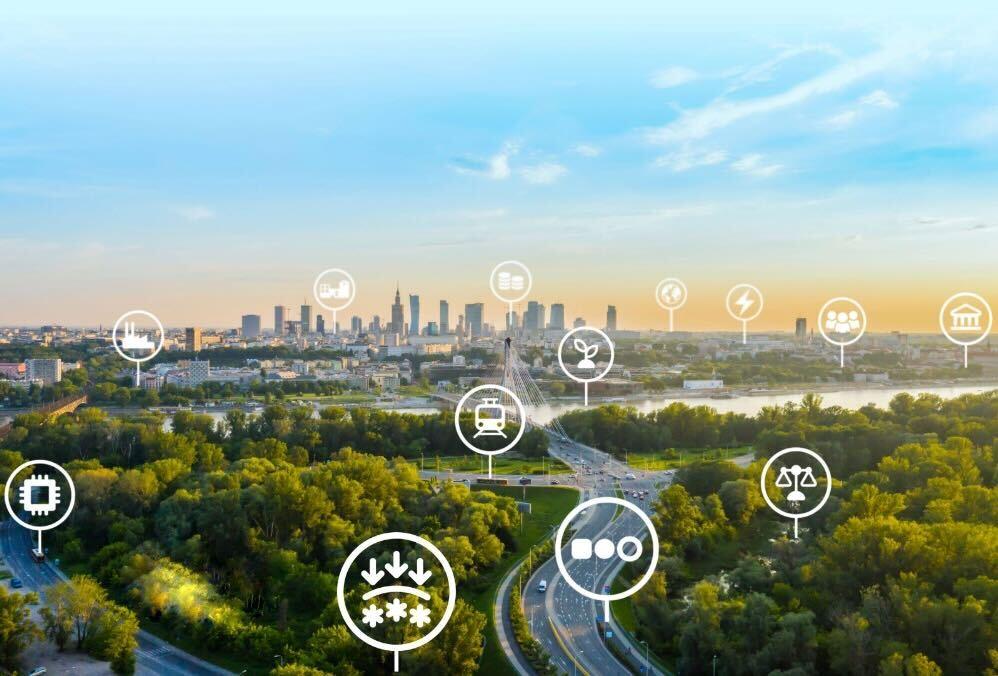Glossary
Glossary


Industry
The EU needs a globally competitive and sustainable industry for economic prosperity and security. Cutting emissions in industry will depend on availability of zero-carbon energy and feedstock carriers and infrastructure, circularity, and energy efficiency.

OVERVIEW:
Progress on industry has been far too slow
The industry building block shows noteworthy progress on overall GHG emissions and clean energy use, but enablers like circularity and energy intensity lag. New policies such as the Net Zero Industry Act (NZIA) promise future improvements.
The development in the EU industrial sector was far too slow in the period assessed, which means there is no change to the classification from last year. Nevertheless, progress accelerated in many areas, notably regarding GHG emission reductions, share of zero-carbon energy carriers, and energy efficiency of industrial processes. Importantly, the assessed data ends in 2022, the year in which the sector still increased its activity compared to 2021 despite the onset of the energy crisis. The positive changes were partly a consequence of the global energy markets’ volatility observed after Russia’s full-scale invasion of Ukraine in February 2022. For that reason, and due to the sluggish progress in circularity and persisting significant data gaps for availability of zero-carbon energy sources and infrastructure, ECNO’s assessment of progress has not changed, yet might in the next report if the latest trends persist.
The EU’s legislative framework for industrial transition spans multiple policies. The reforms in the ‘Fit-for-55’ package aim at enhancing ambition: the revision of the Emissions Trading System (ETS) Directive and the Carbon Border Adjustment Mechanism (CBAM) will provide a stronger carbon pricing signal for industrial enterprises to cut emissions, while the revisions of Renewable Energy and Energy Efficiency Directives stimulate energy savings and uptake of renewable energy sources. The sector is also impacted by the revision of the Energy Performance of Buildings Directive (EPBD), including stricter requirements concerning lifecycle carbon footprint of buildings. Policy support for scaling up the production of the EU’s cleantech and industrial decarbonisation technologies is a part of the Green Deal Industrial Plan, with the Net Zero Industry Act (NZIA) and Strategic Technologies for Europe Platform (STEP) as headline sets of measures (which do not involve financial instruments). The Circular Economy Action Plan (CEAP) and the Industrial Carbon Management Strategy (ICMS) are strategies that outline planned actions to enhance circularity and the deployment of carbon capture and storage (or use) technologies. Finally, the 2024 revision of National Climate and Energy Plans (NECPs) is a step towards implementing these policies at the national level.
For industry, a key focus area is the effective implementation of recently introduced policies. To accelerat the industrial transition, sufficient financial support is needed, especially for electrification, infrastructure, and energy efficiency. Special political attention should be paid to enhancing circularity and green public procurement. Finally, comprehensive monitoring is needed to track progress in availability of zero-carbon energy sources and infrastructure.
OBJECTIVES
Objectives describe what needs to be achieved in each building block to reach climate neutrality.
Objective
Progressing towards net-zero industrial GHG emissions with clean energy carriers
Progress toward the objective was assessed as far too slow, even though, compared to last year, progress accelerated both for reducing GHG emissions from industry and increasing the share of clean energy carriers in the overall energy and feedstock use in industry.
GHG emissions from industry

This indicator shows past development in net-zero industrial GHG emissions in comparison to the EU target of reaching industrial emissions levels of 23.1 MtCO2e by 2050.
The data show an annual decrease of 2.3% between 2017 and 2022. To meet the target, the required annual change between 2022 and 2050 needs to be 1.3 times faster than the current rate of progress.
The indicator measures total GHG emissions from industry and includes:
a) emissions from processes and product use (IPCC cat. 2),
b) emissions from energy use (IPCC cat. 1.A.2).
Share of clean energy carriers in energy and feedstock use

This indicator shows past development in the share of clean energy carriers in energy and feedstock use.
The data show an annual decrease of 0.2% between 2017 and 2022. This development is still far too slow.
This is the sum of clean energy carriers for energy and feedstock use compared to the total energy carrier use.
ENABLERS
Enablers are the supporting conditions and underlying changes needed to meet the objectives in a given building block. They are the opposite of barriers or inhibitors.
Enabler 1
Ensuring availability of zero-carbon energy and feedstock carriers and infrastructure
The transition in this sector will require mostly carriers such as electricity, ambient heat, biomass, hydrogen, and synthetic fuels. Infrastructural needs also include CO2 transport networks and storage, as some of the industry branches will need to rely on long-term geological storage of CO2 to drive emissions down.
Annual production of renewable hydrogen for industrial use

For now, there is no EU-wide aggregated data on the annual production of renewable hydrogen for industrial use.
The indicator measures the amount of renewable hydrogen produced annually in the EU.
Amount of CO2 captured

For now, there is no EU-wide aggregated data on the amount of CO2 captured.
The indicator measures the annual amount of CO2 captured.
Enabler 2
Boosting circular economy
Increased circularity has the potential to contribute to reducing GHG emissions from industry in a cost-efficient way, as it implies lower demand for primary materials, and hence a decrease in upstream emissions and lower overall energy and feedstock input.
Circular material use rate

This indicator shows past development in the circular material use rate in comparison to the EU target of doubling the circular material use rate in 2030 from 2020 levels.
The data show an annual decrease of 0.1% between 2017 and 2022.
The indicator measures the percentage share of material recycled and fed back into the economy in overall material use.
Resource productivity

This indicator shows past development in resource productivity.
The data show an annual increase of 0.1 PPS/ kg per year between 2017 and 2022. This development was heading in the right direction, but should accelerate in the future.
The indicator is defined as GDP divided by domestic material consumption, which is defined as the annual quantity of raw materials extracted from the domestic territory of the local economy, plus all physical imports minus all physical exports.
Enabler 3
Enhancing energy efficient industrial processes
The latest trends point to a notable improvement of the energy efficiency of industrial processes, but the changes were still too slow in the period assessed. Recent positive developments have been triggered by economic consequences of the Russian large-scale invasion of Ukraine, leading to higher energy prices and increased volatility in 2022.
Final energy consumption in industry

This indicator shows past development in final energy consumption in industry.
The data show an annual decrease of 4.3 Mtoe per year between 2017 and 2022. This development was far too slow and should massively accelerate in the future.
Final energy consumption covers deliveries of commodities to consumers in industry sector for activities that are not fuel conversion or transformation activities.
Energy intensity of output

This indicator shows past development in the energy intensity of output.
The data show an annual decrease of 0.003 Mtoe per year between 2017 and 2022. This development is still considered too slow.
The indicator is defined as the amount of energy used to produce a given level of output in industry.




